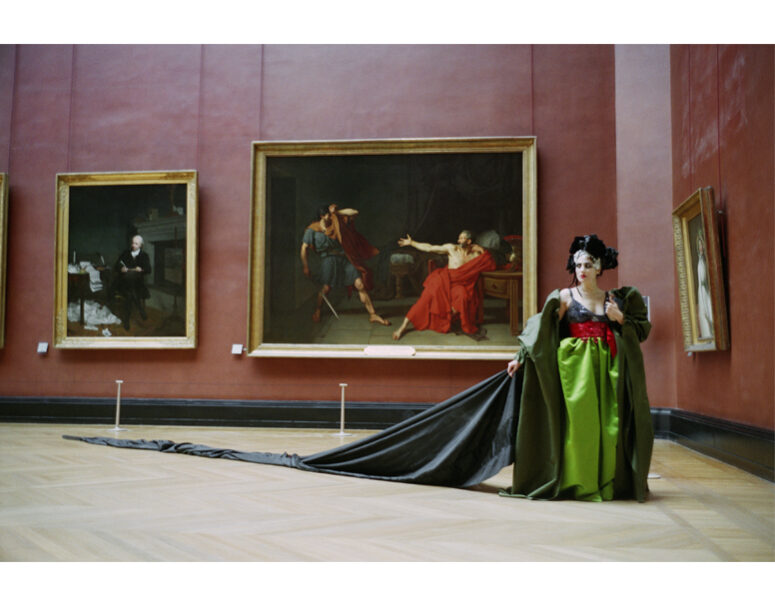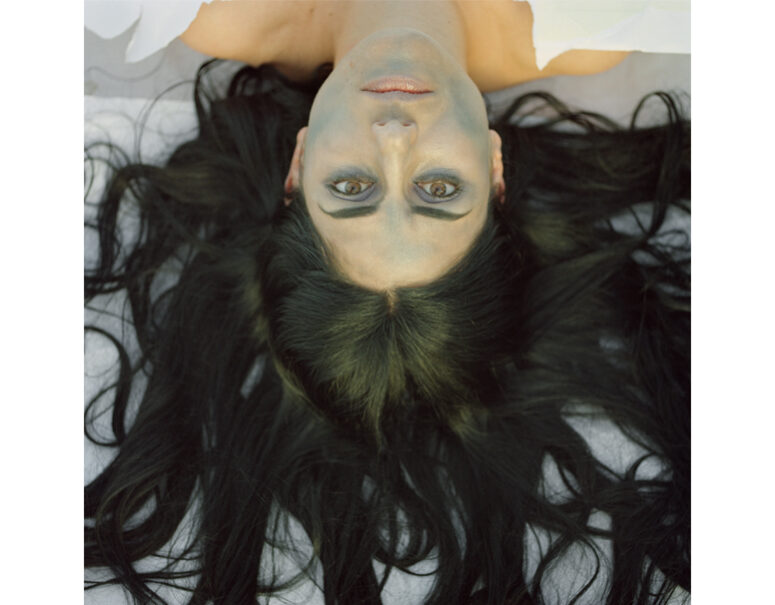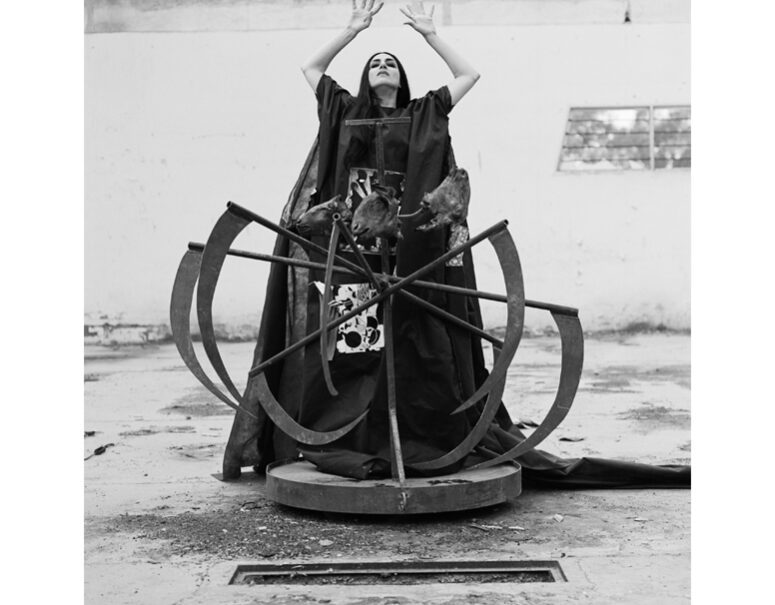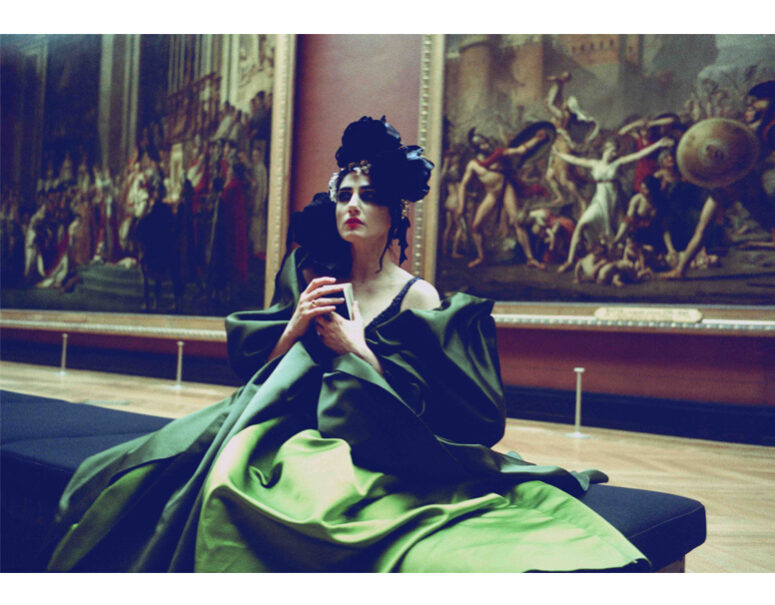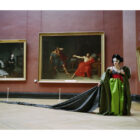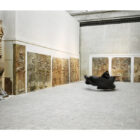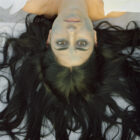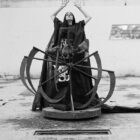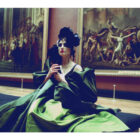For the 2021 edition of PhotoSaintGermain Le Minotaure and Alain Le Gaillard galleries are putting on a solo show by Franco-Israeli artist Yosef Joseph Yaakov Dadoune, “Incarnasion,” a cycle of 20 photographs made in 2006 and never previously exhibited. They are accompanied by his “Sion” project, consisting of two films made in collaboration with the Musée du Louvre in Paris: the first, 12 minutes long in black-and-white, the second, lasting an hour, in colour (both are now in the Louvre collections). Joseph Dadoune is the first Franco-Israeli director the Louvre has worked with, granting him permission to film “Sion” inside the museum.
The artist draws on Jewish writings, Christianity and the history of modern and pre-modern art. In telling the story of “Sion,” played by the Israeli actress Ronit Elkabetz wearing costumes designed by Christian Lacroix, his film explores a politics of suffering. It speaks of redemption, exile and renewal.
“Sion” is at once a real, flesh-and-blood woman and an allegory. She is a mother, sister, source and Gorgon, a child-woman, a wicked stepmother, a goddess and a poison. She also embodies Jerusalem, fighting for its freedom and projecting its pain and tragedy onto the world. Ronit Elkabetz lies in a barrow, bellowing like a wounded animal. Dressed in a bridal gown, muddied, she carries wooden planks, feeds camels. The photographs present a struggle between matter and spirit, between East and West, between crime and punishment, logic and madness.
Dadoune’s double nationality places him at the frontier between West and East. Reflecting his personality, he works on such subjects as gender, sexuality, Eurocentrism, anticolonialism and multiculturalism. The movement from a culture strongly marked by the study of the texts and myths of the Jewish people to contemporary visual forms results in work in which tales and legends serve purely as narrative threads. Brittany, where the artist’s father was born, constitutes a second intellectual and sensorial source. Between these two seemingly distant poles, the artist interrogates history, the source of myths and poetry.
